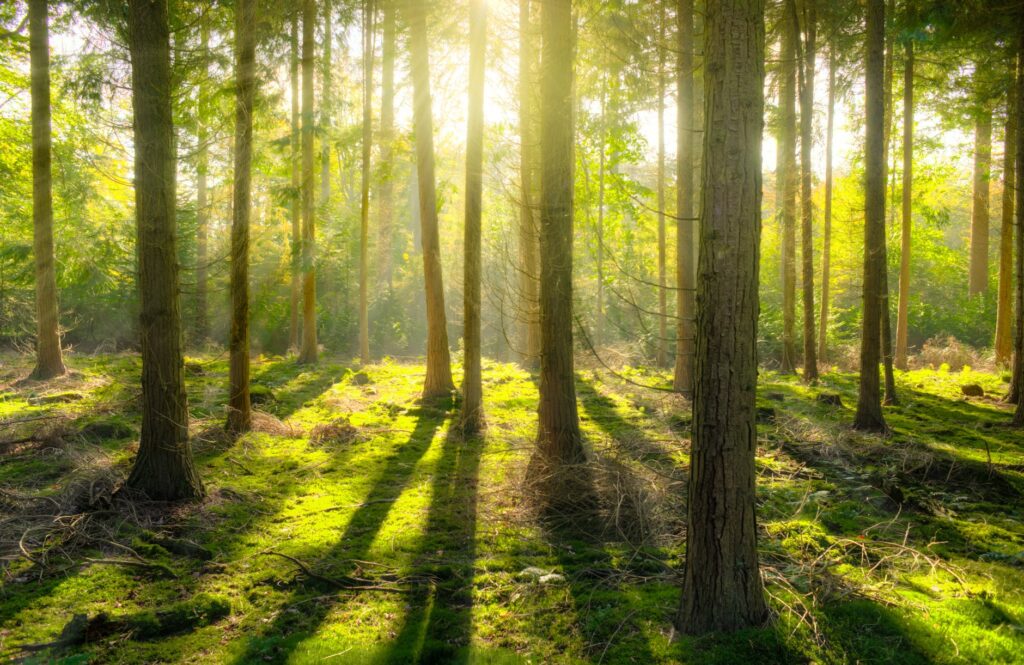


3 July, 2020
A recent study published on June 22 in Nature Sustainability has found that sometimes ‘planting new forests can do more harm than good’.
The researchers highlight that subsidies given out in Chile for the planting of commercially valuable tree plantations have actually resulted in the loss of biologically valuable native forests and an increase in monoculture trees with little, if any, additional carbon storage. The first-of-its-kind study reveals that if restoration or reforestation policies or programmes are poorly designed or poorly enforced they can backfire and actually reduce biodiversity and increase the release of carbon.
So, how do we design restoration and reforestation policies and programmes that work?
One solution by Japanese botanist Akira Miyawki is fast-growing mini forests. These small but mighty forests are springing up across Europe as part of a movement aimed at restoring biodiversity on sites in urban areas such as schoolyards or along roads. The Miyawaki forests are designed to regenerate land much more quickly than the 70 plus years it takes a forest to recover. Diversity is boosted by planting multiple species which provide more variety in food and shelter for animals and insects.
Other successful programmes have taken a social inclusion approach and put local people first in forest protection. One such example is in Indonesia where a poverty reduction programme has subsequently led to a 30% drop in deforestation across 7,468 forested villages in 15 provinces and multiple islands.
These examples highlight that there is no one size fits all in forest climate solutions, but Akira Miyawki mini forests and the poverty reduction programme in Indonesia are two great examples of programmes and initiatives that have the potential to lead large scale change.
By Gemma Coate